When it comes to growing tomatoes, starting from seed is not only a cost-effective option but also gives you the opportunity to choose from a wide variety of tomato plants. Whether you prefer cherry tomatoes, slicers, or paste tomatoes, starting tomatoes from seed allows you to handpick the perfect varieties for your taste and needs.
- Starting tomatoes from seed gives you a wide variety of options to choose from.
- Growing tomatoes from seed is a cost-effective way to enjoy a bountiful harvest.
- You can handpick tomato varieties that suit your taste and needs.
- Starting tomatoes from seed allows you to be more in control of the growing process.
- With proper care, you can successfully grow tomatoes from seed and enjoy homegrown goodness.
Choosing Tomato Varieties for Seed Starting
When starting tomatoes from seed, it’s important to choose the right tomato varieties for your specific needs. Consider factors such as taste, size, disease resistance, and intended use. Whether you prefer sweet cherry tomatoes for snacking, large slicers for sandwiches, or meaty paste tomatoes for sauces, there is a wide range of options to explore.
For successful seed starting, look for tomato varieties that are well-suited for this process. These varieties often have good germination rates and are more likely to thrive as seedlings. To narrow down your choices, you can refer to seed catalogs or seek recommendations from local gardeners or nurseries. They can provide valuable insights into the best tomato varieties for seed starting, considering factors such as regional climate and specific growing conditions.
Here’s a table highlighting some popular tomato varieties for seed starting:
| Tomato Variety | Taste | Size | Disease Resistance | Intended Use |
|---|---|---|---|---|
| Brandywine | Rich and sweet | Large | Fair | Slicing |
| Roma | Tart and tangy | Medium | Good | Paste |
| Cherokee Purple | Complex and smoky | Medium to large | Good | Slicing |
| Sungold | Sweet and tropical | Small | Fair | Cherry |
Remember, this table serves as a starting point for your tomato variety selection. There are countless other delicious and resilient tomato varieties out there, so don’t hesitate to explore and experiment!
Timing and Indoor Seed Starting
When it comes to starting tomato seeds indoors, timing is everything. To ensure successful growth, I recommend starting your tomato seeds approximately 6 weeks before the last anticipated spring frost in your area. This timing allows the seedlings to mature and be ready for transplanting once the weather warms up.
Indoor seed starting has several advantages. Firstly, it gives you a head start on the growing season, allowing you to enjoy homegrown tomatoes earlier in the year. Additionally, by starting the seeds indoors, you can create and control the ideal growing environment for the seedlings, ensuring they are strong and healthy when it’s time to move them to the garden.
Benefits of Indoor Seed Starting
- Get a head start on the growing season
- Create a controlled environment for optimal growth
- Produce strong and healthy seedlings
By starting your tomato seeds indoors, you can nurture and care for the seedlings during their early stages, providing them with the ideal conditions to thrive. This not only increases your chances of a successful harvest but also allows you to enjoy the gratification of watching your plants grow from tiny seeds into mature, fruit-bearing plants.
Visualizing the process of growing tomatoes indoors can be helpful, so here’s a table summarizing the key steps and considerations for indoor seed starting:
| Steps for Indoor Seed Starting | Considerations |
|---|---|
| Choose the right tomato varieties | Select varieties suitable for indoor seed starting |
| Sow the seeds in seed trays or pots | Ensure good drainage and use high-quality seed starting mix |
| Provide consistent moisture | Keep the soil evenly moist but not waterlogged |
| Place the seed trays in a warm location | Use a heating mat or warm room to encourage germination |
| Provide adequate light | Use fluorescent bulbs or grow lights positioned close to the seedlings |
| Monitor and adjust temperature | Maintain a temperature range of 65 to 75°F for optimal growth |
Remember, with proper timing and indoor seed starting, you can kickstart your tomato growing journey and enjoy a successful harvest of fresh, flavorful tomatoes.
Creating the Ideal Growing Environment
To give your tomato seedlings the best chance of success, it is essential to create an ideal growing environment. The right conditions will ensure healthy growth and development, leading to robust and productive tomato plants.
1. Seed Starting Trays or Pots
When starting tomato seeds, it is crucial to use seed starting trays or pots with good drainage. Adequate drainage prevents waterlogging, which can lead to root rot and other issues. Choose containers with drainage holes or consider using biodegradable peat pots that can be directly planted into the ground when transplanting.
2. Providing Gentle Heat
Giving tomato seeds a gentle heat boost can promote faster germination. You can achieve this by using a seedling heat mat or placing the seed trays on top of a warm surface like a refrigerator or radiator. The optimal temperature for tomato seed germination is around 75°F (24°C).
3. Maintaining Optimal Temperature
To ensure optimal seedling growth, maintain a temperature range of 65 to 75°F (18 to 24°C). Keep the seed trays in a warm and well-insulated area, away from drafts or extreme temperature fluctuations. Monitor the temperature regularly to ensure a consistent and suitable environment for your tomato seedlings.
4. Adequate Lighting
Proper lighting is essential for healthy tomato seedling development. Position fluorescent bulbs or grow lights 2-4 inches (5-10 cm) above the seedlings to provide adequate light. Aim for 14-16 hours of light per day to mimic natural sunlight. Ensure the lights are on a timer for consistent and convenient usage.
5. Consistent Moisture Levels
It is important to keep the soil consistently moist but not waterlogged to prevent damping off and other issues. Water the seedlings from beneath, using a tray or by placing the pots in a shallow water-filled container. This prevents excess moisture on the leaves and stems, reducing the risk of fungal diseases.
| Essential Elements | Requirements |
|---|---|
| Container | Seed starting trays or pots with good drainage |
| Temperature | 65 to 75°F (18 to 24°C) |
| Lighting | Fluorescent bulbs or grow lights positioned 2-4 inches (5-10 cm) above the seedlings |
| Moisture | Consistently moist soil, avoiding waterlogging |
By creating the ideal growing environment for your tomato seedlings, you are setting them up for success. Remember to monitor the conditions regularly and make adjustments as needed. With proper care and attention, your tomato seedlings will thrive and flourish, preparing them for a successful transplant into your garden.
Proper Care for Tomato Seedlings
Proper care is essential for healthy tomato seedlings. As I mentioned earlier, watering is a crucial aspect of seedling care. It’s important to water the seedlings regularly, keeping the soil moist but not soggy. This ensures that the delicate roots have access to the necessary moisture for growth and development.
Tip: Avoid overhead watering, as it can lead to fungal diseases. Instead, water the seedlings at the base, directing the water to the soil and roots.
Another important practice in seedling care is thinning. After the seedlings have emerged and are a few inches tall, thin them out to provide enough space for each plant to grow and develop a strong root system. This allows the remaining seedlings to have ample room to thrive, reducing competition for nutrients and sunlight.
Tip: When thinning, carefully remove the weaker seedlings, leaving only the most vigorous ones. This will ensure that you have the healthiest and strongest plants for transplanting.
Proper Watering Techniques for Tomato Seedlings:
- Water the seedlings at the base, avoiding overhead watering.
- Keep the soil consistently moist but not waterlogged.
- Water deeply and thoroughly, ensuring the water reaches the roots.
- Monitor the moisture levels regularly and adjust the watering frequency as needed.
Thinning Tomato Seedlings:
- Thin out the seedlings when they are a few inches tall.
- Remove the weaker or overcrowded seedlings, leaving the most vigorous ones.
- Space the remaining seedlings at least 12-18 inches apart.
By providing proper care, including regular watering and thinning, you can set your tomato seedlings on the path to healthy growth and a successful harvest.
Hardening Off and Transplanting Seedlings
Before transplanting tomato seedlings into the garden, it’s important to harden them off. This involves gradually exposing the seedlings to outdoor conditions, such as sunlight, wind, and fluctuating temperatures. Start by placing the seedlings outdoors in a protected area for a few hours each day, gradually increasing the exposure over a week or more. This helps the seedlings acclimate to the outdoors and reduces the risk of transplant shock. Wait until nighttime temperatures are consistently above 50°F to transplant the seedlings into the garden.
Transplanting tomato seedlings can be a delicate process that requires proper preparation and care. Here are the steps to successfully transplant your tomato seedlings:
- Choose a sunny spot in your garden with well-drained soil.
- Prepare the soil by removing any weeds and adding organic matter, such as compost or aged manure, to improve fertility.
- Dig a hole that is slightly larger than the size of the root ball of your seedling.
- Gently remove the seedling from its container, being careful not to damage the roots.
- Place the seedling into the hole, making sure it is at the same depth as it was in the container.
- Backfill the hole with soil, firming it around the base of the seedling to provide stability.
- Water the seedling thoroughly to help it settle into its new home.
- Provide support for the seedling, such as a stake or cage, to keep it upright as it grows.
By following these steps and giving your tomato seedlings the proper care and attention, you’ll be on your way to a successful tomato harvest in your own garden.
Growing Tomatoes in the Garden
Once your tomato seedlings are transplanted into the garden, there are a few key tips to keep in mind for successful tomato growing.
Provide Support for the Plants
To prevent your tomato plants from falling over and to maximize space, it’s essential to provide them with proper support. Consider using stakes or cages to help keep the plants upright as they grow. This not only prevents damage to the stems but also ensures that the fruits stay off the ground, reducing the risk of rot and pest infestations.
Mulch to Suppress Weeds and Retain Soil Moisture
Mulching is an effective technique for promoting healthy tomato plants. By applying a layer of mulch around the base of the plants, you can suppress weed growth and conserve moisture in the soil. Organic mulches, such as straw or wood chips, work well and gradually break down, enriching the soil with organic matter. Additionally, mulching helps maintain a more stable temperature around the roots, preventing stress and promoting better growth.
Regularly Check for Pests and Diseases
Pests and diseases can quickly take a toll on tomato plants, which is why it’s crucial to regularly inspect them for any signs of trouble. Keep an eye out for common tomato pests like aphids, tomato hornworms, and whiteflies. If you spot any pests, take appropriate action to control their population and prevent further damage to your plants. Similarly, be on the lookout for signs of diseases like blight or wilt. Prompt identification and treatment can help protect your plants and ensure a successful harvest.
Water Deeply and Evenly
The proper watering technique is vital for the healthy growth of your tomato plants. Water deeply and evenly, making sure the soil is moist but not waterlogged. Aim to water at the base of the plants rather than overhead to minimize the risk of fungal diseases. Consistent watering helps the plants develop a robust root system and encourages the production of juicy, flavorful tomatoes.
| Tomato Growing Tip | Description |
|---|---|
| Provide Support | Use stakes or cages to support tomato plants and prevent them from falling over. |
| Mulch | Apply mulch around the base of plants to suppress weeds, retain soil moisture, and regulate temperature. |
| Check for Pests and Diseases | Regularly inspect plants for pests and diseases, taking appropriate action to prevent damage. |
| Water Deeply and Evenly | Water at the base of plants, ensuring the soil is moist but not waterlogged. |
By following these tomato growing tips, you can ensure that your plants thrive and provide you with a plentiful harvest of homegrown tomatoes.
Fertilizing Tomato Plants
Tomato plants require regular fertilization to support their growth and fruit production. To ensure that your tomato seedlings receive the necessary nutrients, it’s important to start fertilizing once they have developed their second set of true leaves.
I recommend using an all-purpose liquid fertilizer, diluted to half-strength, to provide a balanced blend of nutrients. This will promote healthy plant development and maximize fruit production. Apply the fertilizer once a week, following the package instructions for dilution ratios and application rates.
It’s crucial to monitor your tomato plants for any signs of nutrient deficiencies. This includes yellowing leaves, stunted growth, or poor fruit development. If you notice any deficiencies, adjust the fertilizer application accordingly to meet the specific needs of your plants.
Signs of Nutrient Deficiencies in Tomato Plants:
- Nitrogen deficiency: Yellowing leaves starting from the bottom of the plant.
- Phosphorus deficiency: Stunted growth and purplish color on leaves and stems.
- Potassium deficiency: Yellowing and browning of leaf edges, weak stems.
By regularly fertilizing and monitoring for nutrient deficiencies, you’ll ensure that your tomato plants have the optimal conditions for vigorous growth and abundant harvests.
| Common Nutrients Found in Fertilizers | Nutrient Functions | Symptoms of Deficiency |
|---|---|---|
| Nitrogen (N) | Stimulates leaf and stem growth | Yellowing leaves, stunted growth |
| Phosphorus (P) | Promotes root development and flowering | Stunted growth, purplish color on leaves and stems |
| Potassium (K) | Aids in fruit development and disease resistance | Yellowing and browning of leaf edges, weak stems |
Troubleshooting Common Tomato Seedling Issues
Tomato seedlings are prone to various issues that can hinder their growth and development. It’s important to identify and address these problems promptly to ensure the health and vitality of your tomato plants. In this section, we will explore some common seedling issues and provide tips for troubleshooting them.
Damping Off: A Major Challenge for Tomato Seedlings
Damping off is a fungal disease that commonly affects young seedlings, including tomato plants. It can cause the seedlings to wilt, turn brown at the base, and eventually die. Damping off thrives in warm, moist conditions and can quickly spread in overcrowded or poorly ventilated environments.
To prevent damping off, it’s important to maintain good air circulation around the seedlings. Avoid overwatering, as excessive moisture contributes to the growth of fungi. Use a sterile seed starting mix to reduce the risk of fungal contamination. Additionally, ensure that your seedlings are properly spaced to allow for adequate airflow.
Addressing Nutrient Deficiencies in Tomato Seedlings
Nutrient deficiencies can manifest as discolored leaves, stunted growth, and overall poor vigor in tomato seedlings. Common nutrient deficiencies include nitrogen, phosphorus, potassium, and magnesium.
To address nutrient deficiencies, it’s important to provide proper fertilization. Start by selecting a balanced fertilizer specifically formulated for seedlings. Follow the manufacturer’s instructions for application rates and frequency. Regularly monitor your seedlings for any signs of nutrient deficiencies and adjust your fertilization regimen accordingly.
Managing Pests and Diseases
Pests and diseases can pose a significant threat to tomato seedlings. Common pests include aphids, spider mites, and tomato hornworms. Diseases such as blight, leaf spot, and powdery mildew can also affect young seedlings.
To manage pests, inspect your seedlings regularly and take immediate action at the first sign of infestation. Use organic pest control methods whenever possible, such as insecticidal soaps or neem oil. For diseases, practice good sanitation by removing infected plants and debris. Consider using disease-resistant tomato varieties to minimize the risk of disease.
Remember, early intervention is key to preventing further damage and protecting your tomato seedlings.
Summary
While tomato seedlings are susceptible to a range of challenges, being aware of common issues and implementing preventive measures can greatly improve their chances of survival and success. By addressing problems such as damping off, nutrient deficiencies, pests, and diseases, you can nurture healthy and robust tomato seedlings that will thrive in your garden.
Saving Tomato Seeds for Future Planting
Saving tomato seeds is a great way to preserve the characteristics of specific tomato varieties and ensure a continuous supply of seeds without having to buy new ones each year. By following a few simple steps, you can save tomato seeds and have the satisfaction of growing your own plants from seed.
To save tomato seeds, start by selecting fully ripe and disease-free tomatoes. These tomatoes should be at their peak of ripeness, as immature or overripe tomatoes may not produce viable seeds. Choose heirloom or open-pollinated tomatoes to maintain the purity of the variety.
Once you have the perfect tomatoes, scoop out the seeds and the surrounding jelly-like substance called the gel coating. This gel coating contains chemicals that can inhibit germination, so it’s important to remove it. Place the seeds and gel in a container with a little bit of water and let it ferment for a few days. This fermentation process breaks down the gel coating and helps prevent diseases from affecting the seeds.
After the fermentation period, rinse the seeds thoroughly to remove any remaining gel. Spread the seeds out on a paper towel or a clean, dry surface to dry. Make sure to label the seeds with the tomato variety and the date for future reference.
Once the seeds are completely dry, store them in a cool, dry place. A small envelope or a labeled glass jar works well for seed storage. Remember to keep the seeds away from moisture and extreme temperatures to maintain their viability.
It’s important to note that saved tomato seeds may not produce identical plants as their parent plants. Cross-pollination can occur between different tomato varieties, resulting in hybrid seeds. Additionally, some tomato varieties are hybrids themselves, which means their seeds may not produce plants with the same characteristics as the parent plant. However, this can also lead to exciting new tomato varieties with unique traits.
By saving tomato seeds, you not only have the opportunity to grow your favorite tomato varieties year after year but also contribute to seed diversity and the preservation of heirloom varieties. It’s a rewarding process that connects you to the history of these plants and allows you to create your own tomato-growing legacy.
Steps for Saving Tomato Seeds
| Step | Description |
|---|---|
| 1 | Select fully ripe and disease-free tomatoes. |
| 2 | Scoop out the seeds and gel coating surrounding them. |
| 3 | Ferment the seeds in water for a few days to remove the gel coating. |
| 4 | Rinse the seeds thoroughly to remove any remaining gel. |
| 5 | Dry the seeds on a paper towel or clean, dry surface. |
| 6 | Store the seeds in a cool, dry place in labeled envelopes or glass jars. |
Conclusion
Growing tomatoes from seed is a rewarding and enjoyable process that allows you to have a bountiful harvest of delicious homegrown tomatoes. By following the tips provided in this article, you can increase your chances of successfully starting tomato seeds and growing healthy seedlings.
Firstly, choose the right tomato varieties for seed starting, considering factors such as taste, size, and disease resistance. Next, create an ideal growing environment by using seed starting trays with good drainage and maintaining a temperature range of 65 to 75°F. Proper care for your tomato seedlings involves regular watering, thinning them out, and hardening them off before transplanting them into the garden.
Once your tomato seedlings are in the garden, provide support, mulch, and regular maintenance to ensure their success. Fertilize the plants to support their growth and monitor for any issues such as nutrient deficiencies, pests, or diseases. Finally, consider saving tomato seeds for future planting by following the proper seed-saving techniques.
With a little patience and care, you’ll be able to enjoy a fruitful tomato harvest in your own garden. Happy growing!

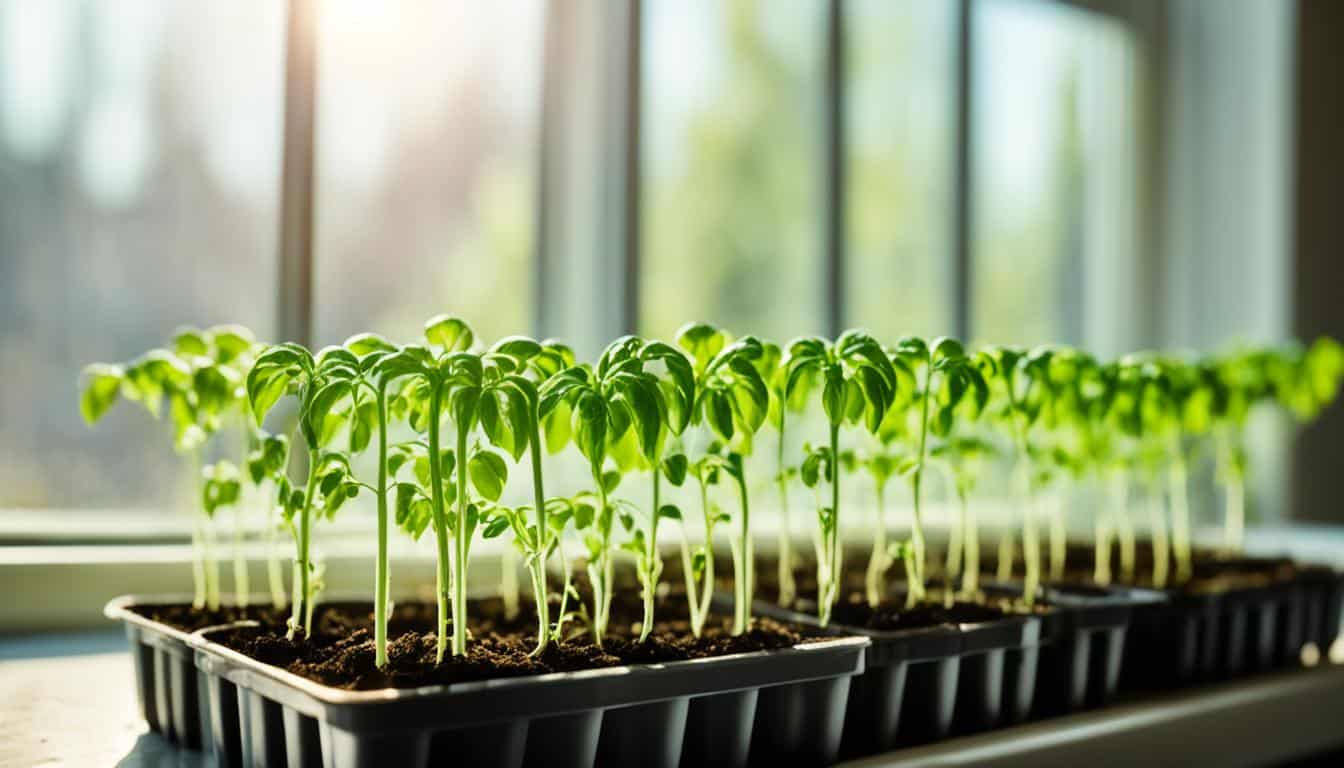
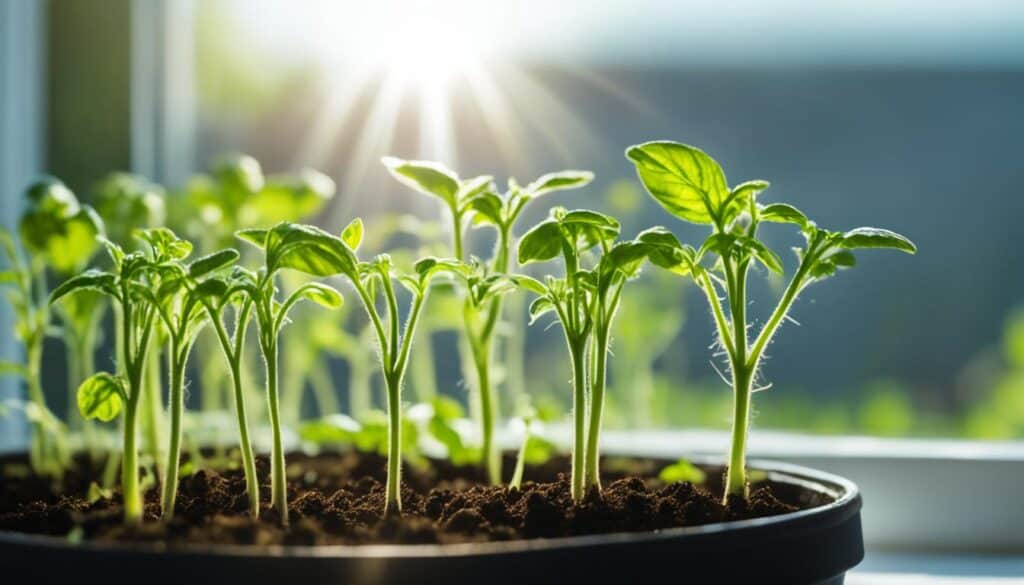
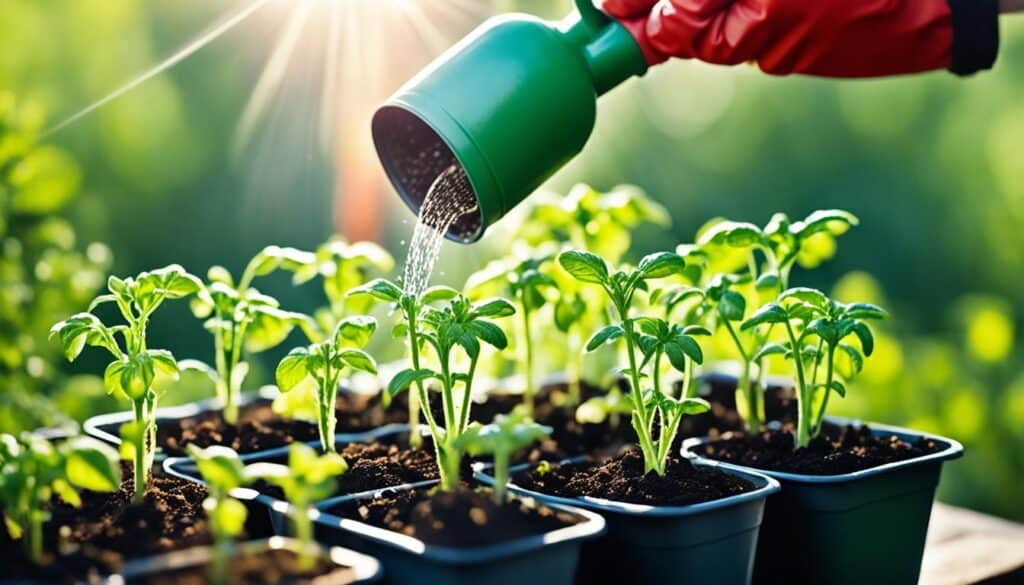
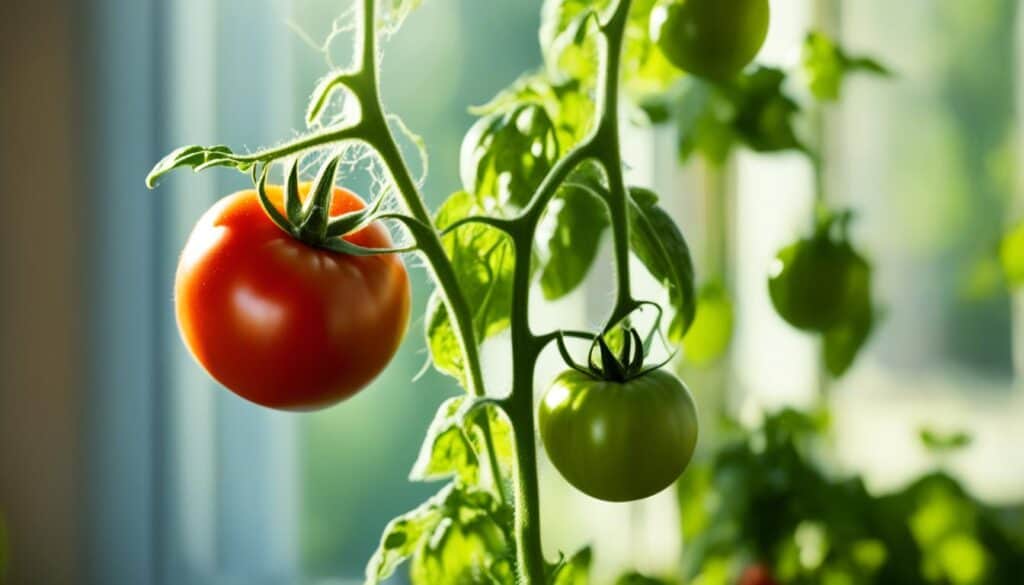
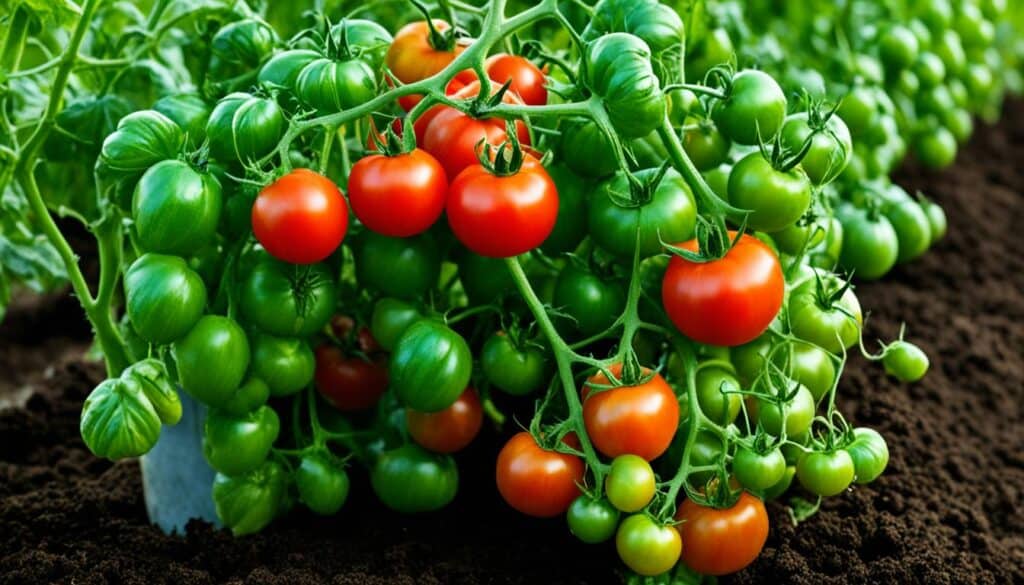
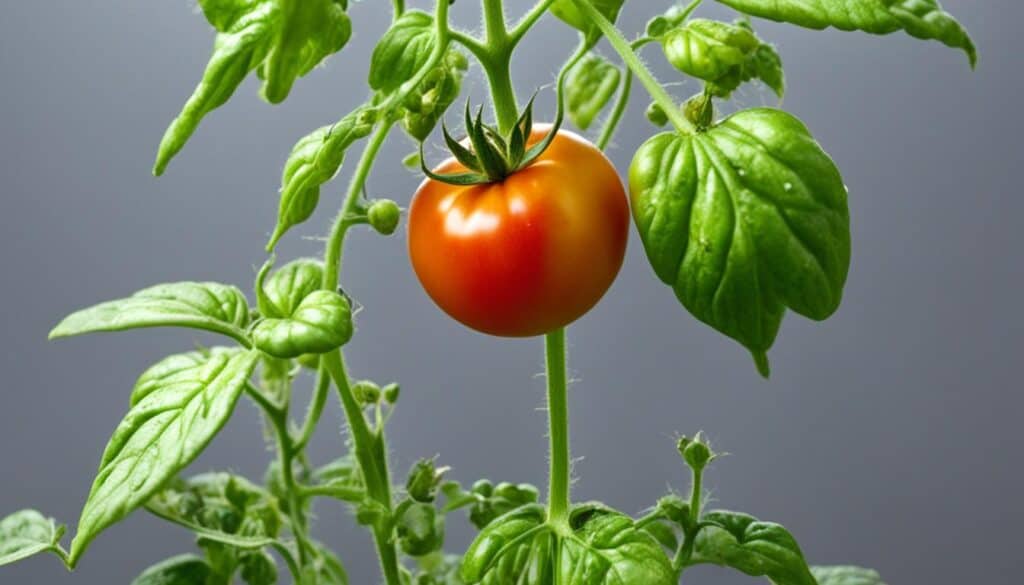
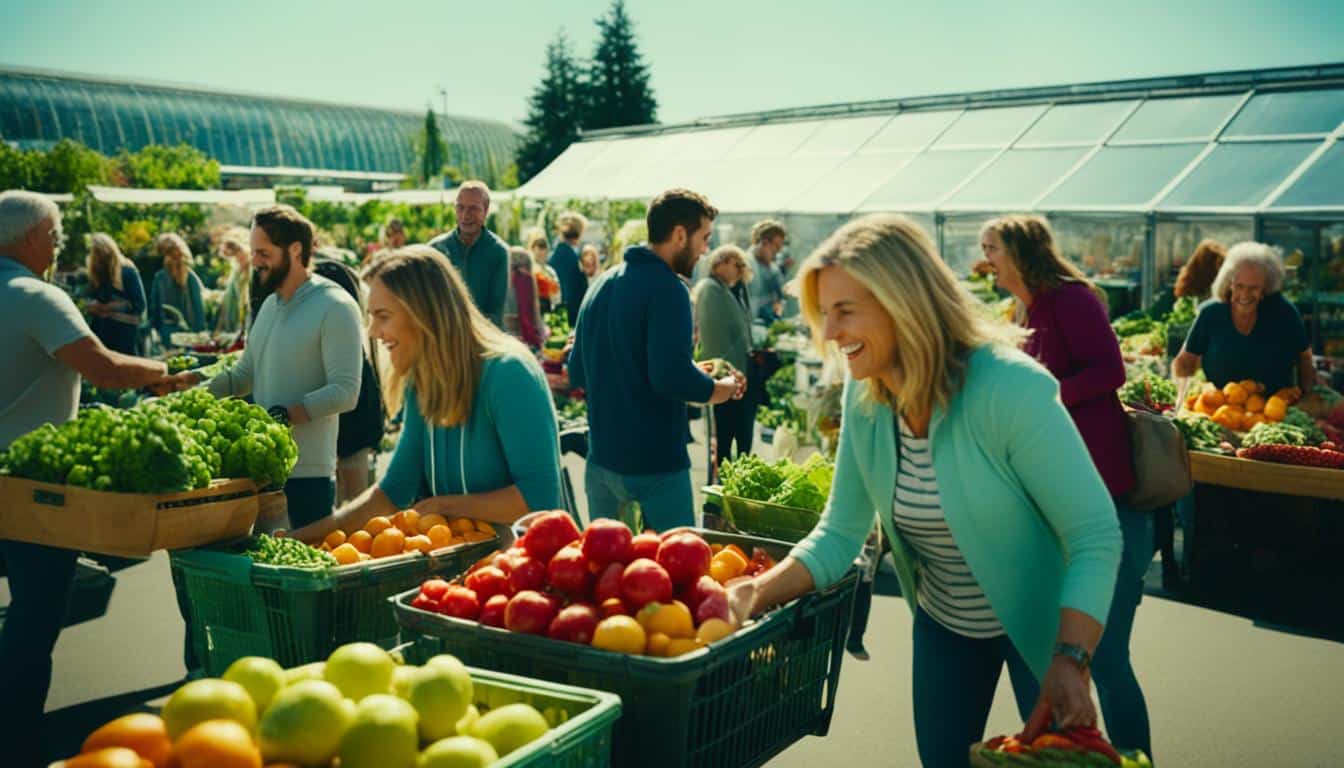
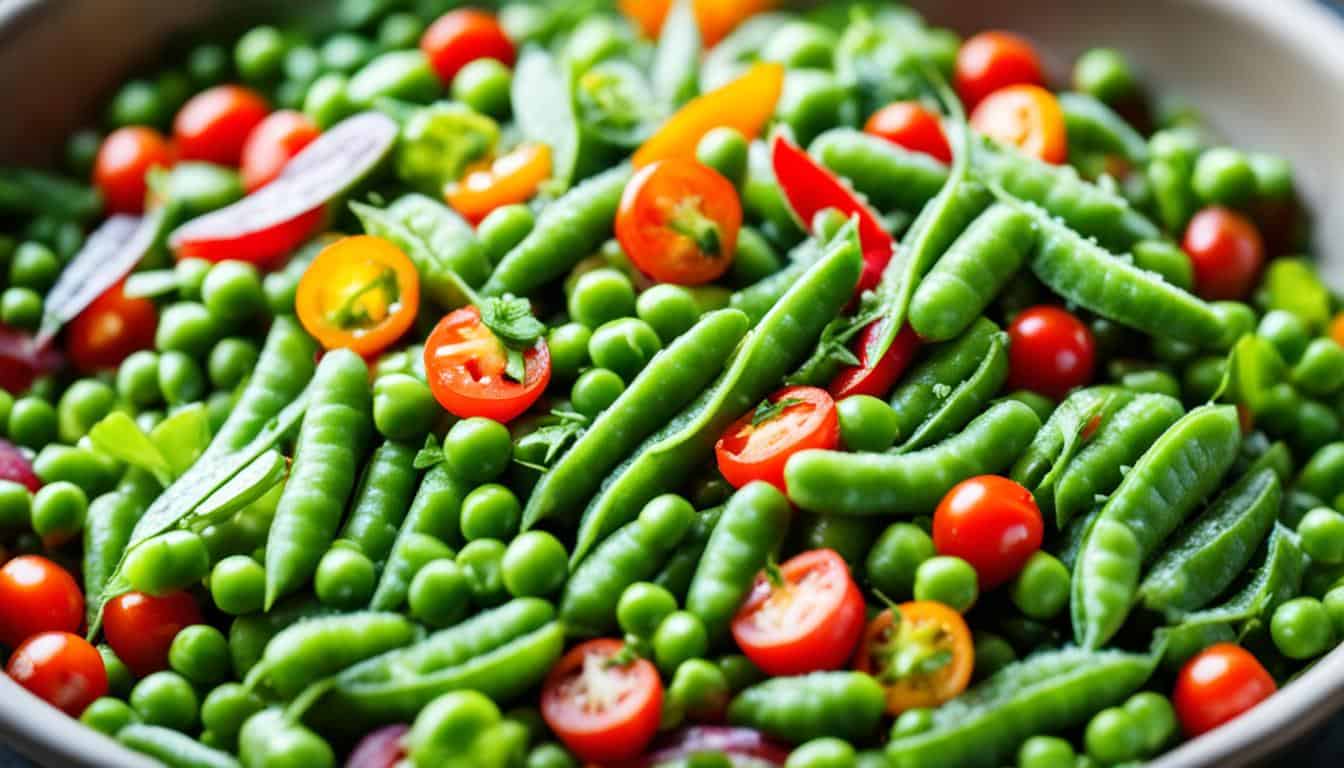
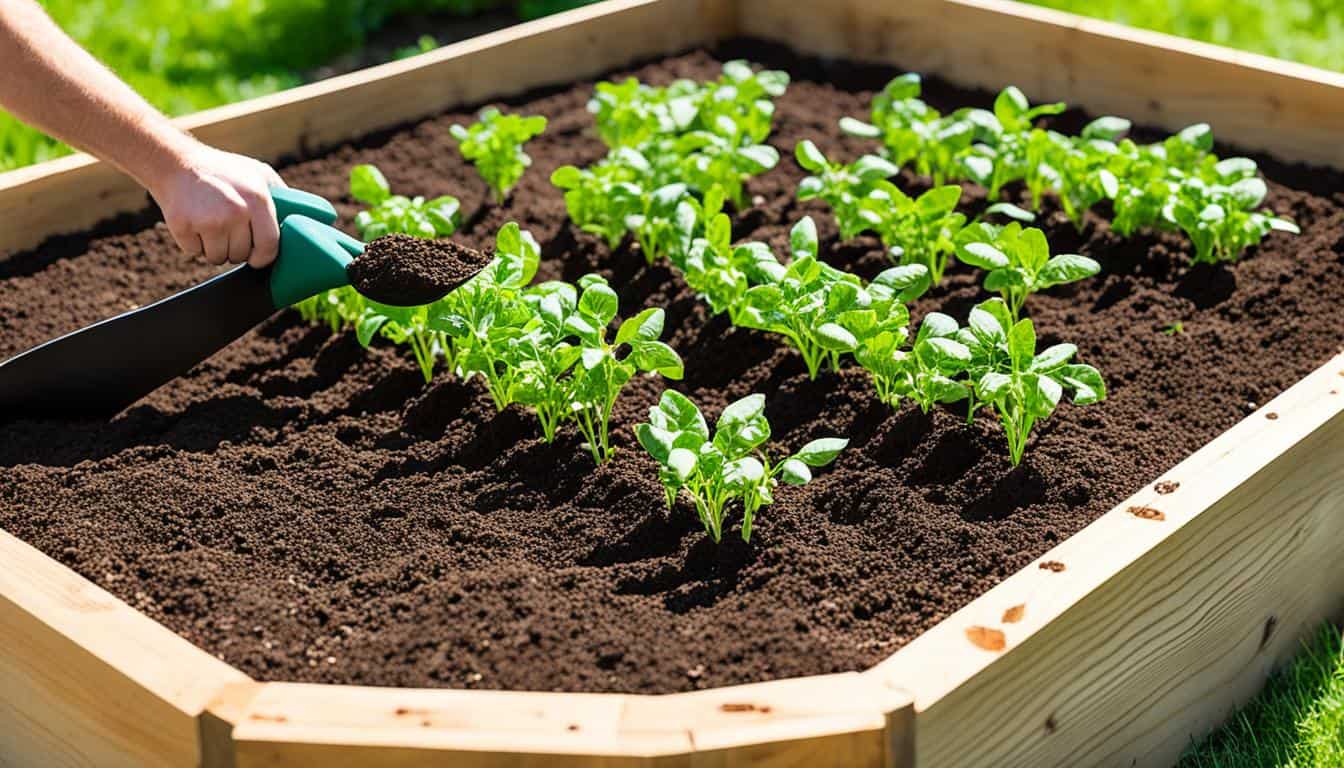
Leave a Reply